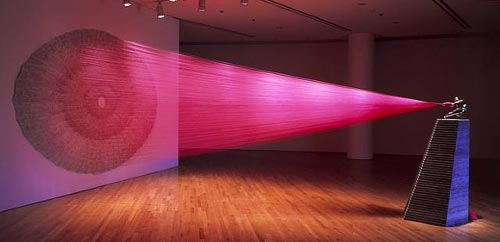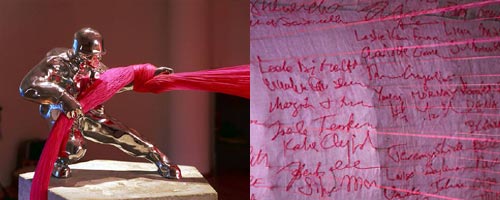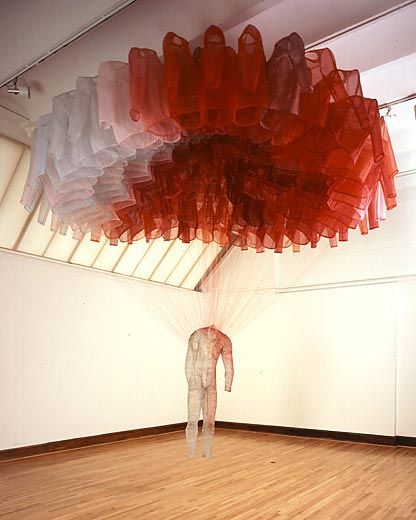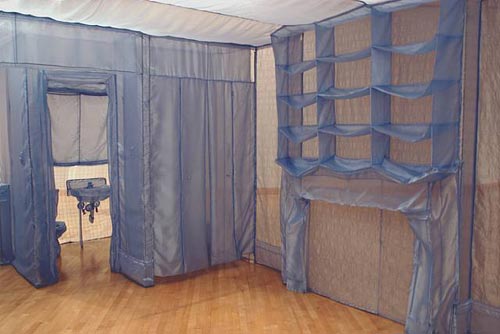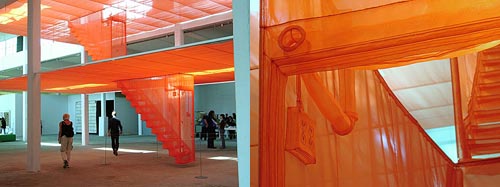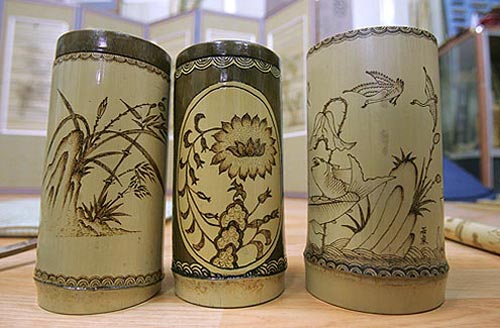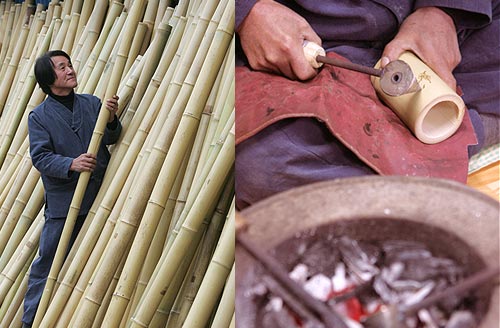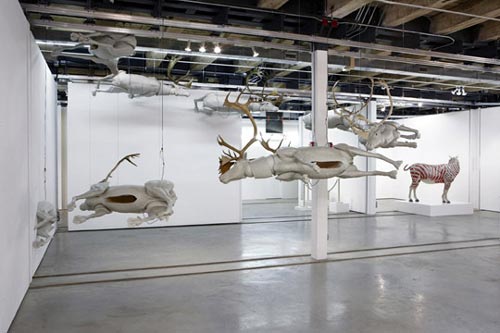
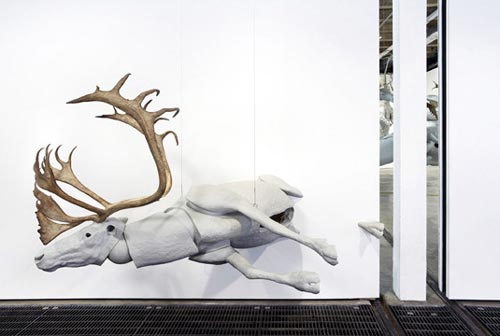
Remote Sense (Alpha Helix) detail,2005
Urethane foam, hand-built epoxy, aqua-resin, urethane, infrared leve-feed cameras, LCD monitors, glass, programmable camera switching device, air craft cable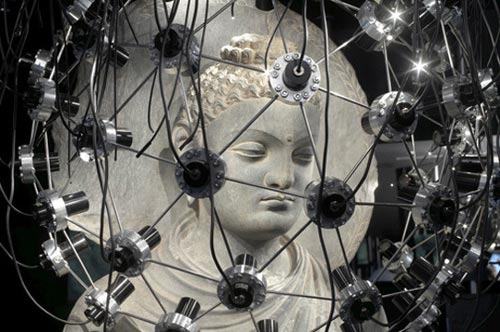
Bodhi Obfuscatus (Space-Baby)detail,2005
Mixed media, Courtesy Anton Kern Gallery, NY scientific theories) and artistic production.
Born to Korean parents in 1966 in Ithaca (New York), B.F.A. at Washington University and M.F.A. at Yale School of Art, Michael Joo lives and works in New York. He represented Korea at the last edition of the Venice Art Biennial in 2001.
From the start of his career Joo has focused in his work on the processes through which visible entities (like the human body, or flora and fauna in nature) consume invisible calories, and the crystallized byproducts generated by these processes. In his works Joo demonstrates the forms that can be assumed by one’s own mental and bodily efforts in the act of bearing witness to one’s historical and cultural identity. In other words, Joo combines making art with the apparently scientific theme of production of matter-energy and with the expenditure of calories of the human being during physical and psychological effort to achieve a state of diversity. Replacing the locus of the artwork with the practice of scientific thought and the objects derived from it, Joo attempts to go beyond the borderline between science and aesthetics. With respect to Pop Art and its appropriation of pop imagery to reveal the collapse of the separation between art and everyday life, and with respect to the conceptual-sculptural work of artists like Joseph Beuys, aimed at bridging the gap between the artwork and significant everyday “things”, the art of Michael Joo gives concrete visible form to units of mental thought and physical reaction, breaking down the confines between the results of natural phenomena (which can be comprehended by means of scientific theories) and artistic production.
Anton Kern Gallery

